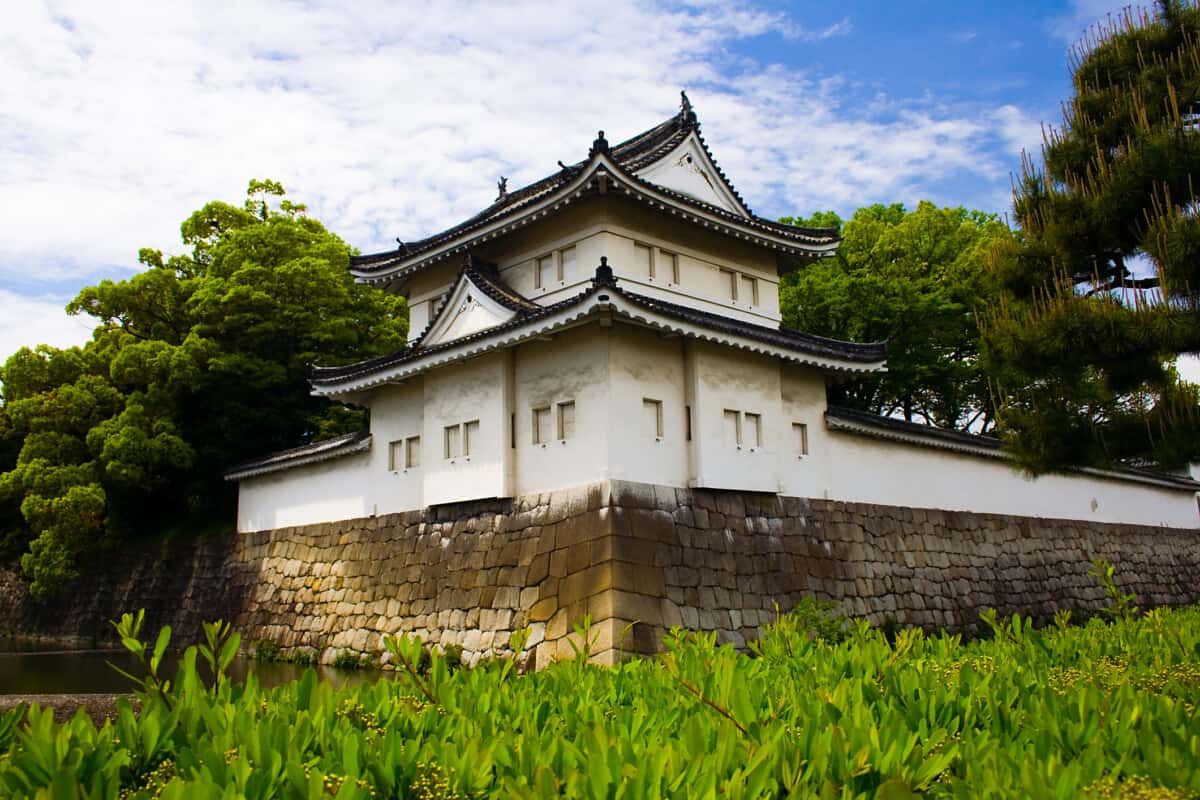Japan’s Edo period, 1603 to 1867, marked an important time in the country’s history. It was both the end of the long civil war of the Sengoku period while also embarking on an age of enlightenment of art and culture. And there is no better monument to this specific period like Nijo Castle in Kyoto.
Home to one of Japan’s most powerful warlords of the Sengoku and Edo periods, Nijo Castle (二条城, Nijōjō) is a sight to behold. It’s not only filled with rich history and a myriad of artifacts but also a testament to Japanese architecture and how the Japanese cherish their history as a whole.
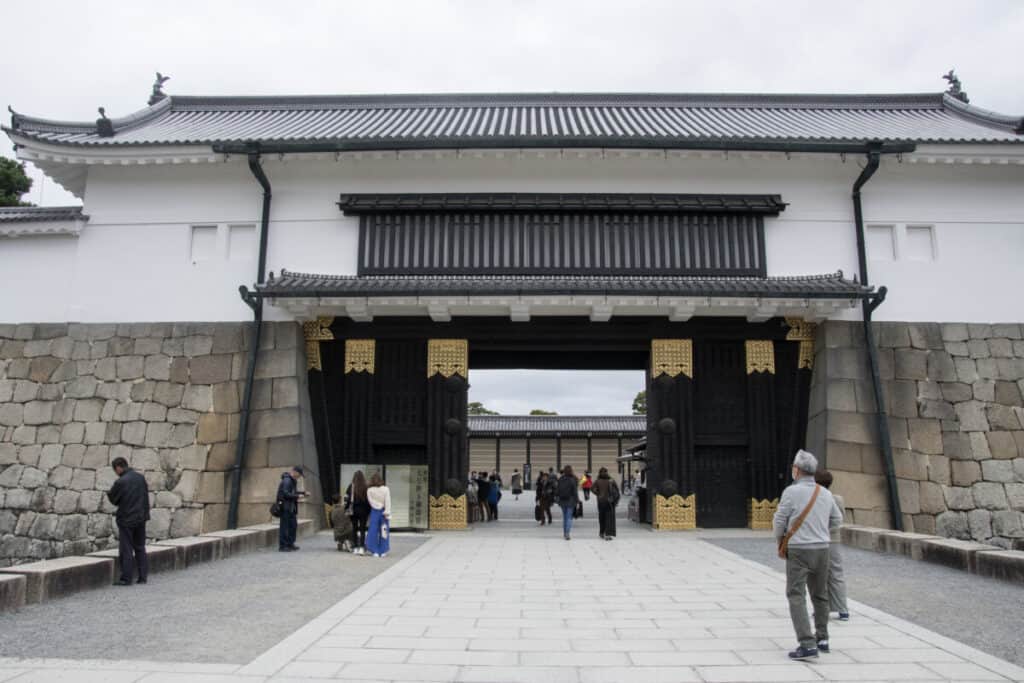
Truly, if you ever get to see this visual architectural wonder, it’s an experience authentically Japanese. It offers a window into the country’s vast and complicated history. You can only enjoy such a symbol of quintessential Japanese culture by walking through the gates yourself.
History of Nijo Castle
Nijo Castle is the epitome of the might and power of the legendary shogun or warlord. It’s one of the best-known structures throughout Japan because of its history, prominence, and becoming a World Heritage Site by UNESCO in 1994. While this marks the establishment of the Edo period, it also overlaps the Meiji Restoration.
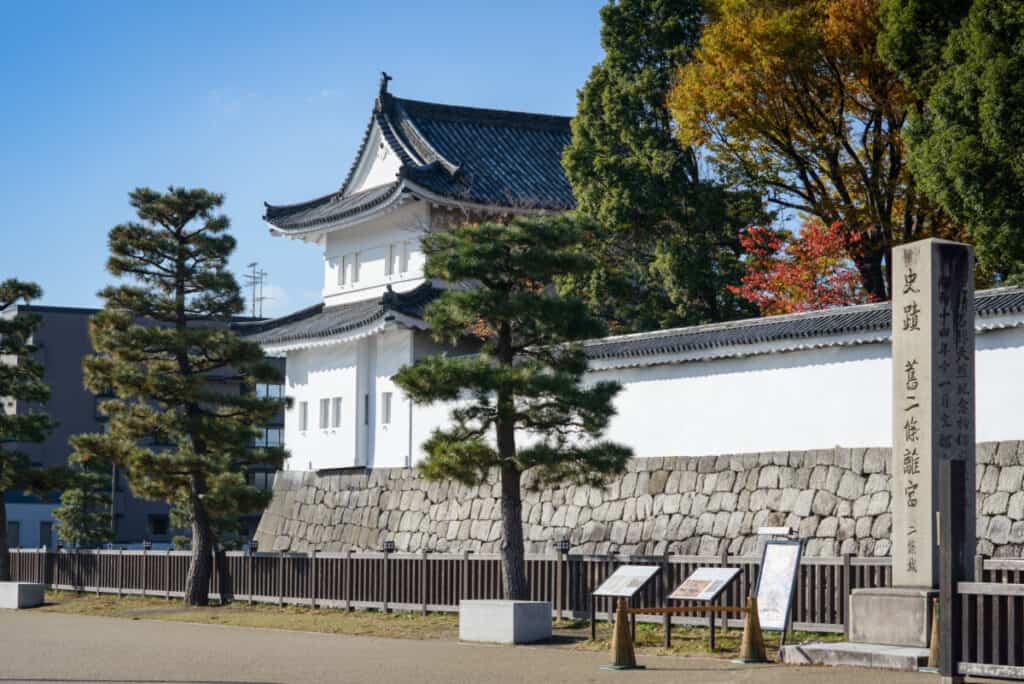
The Tokugawa Shogunate
Nijo Castle was once the home and office of Tokugawa Ieyasu when he would visit Kyoto. Tokugawa was the first samurai shogun and powerful warlord of the period and the ruling military might whose family line dominated Japan for over 200 years.
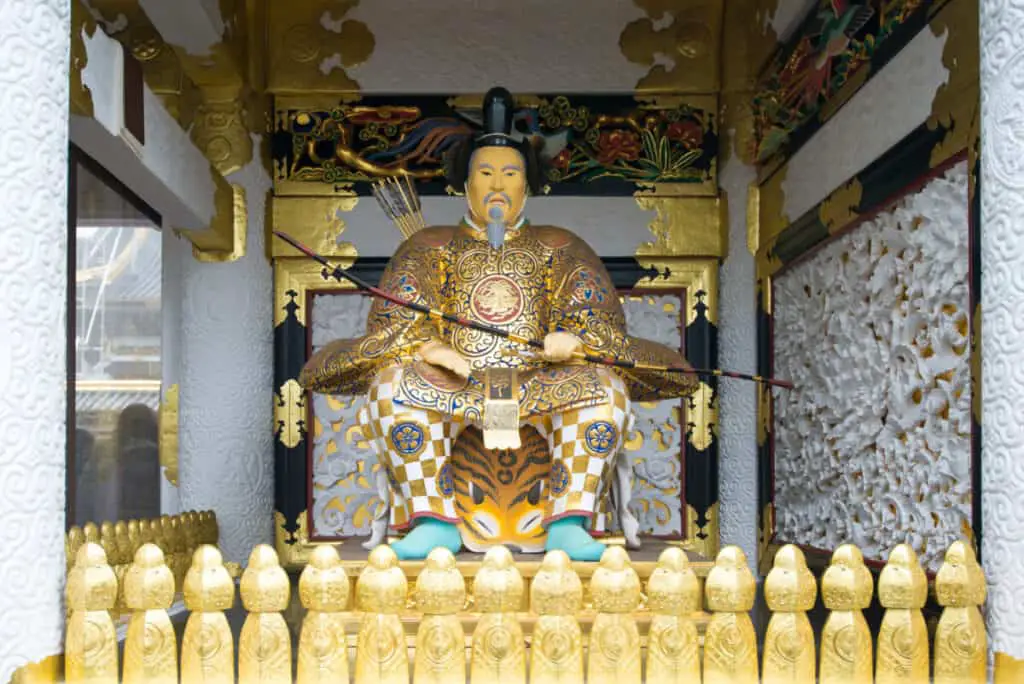
Coming into the Edo period, Japan was a constant landscape of civil war and bloodshed. This ended on October 21st, 1600 when Tokugawa gained victory over the western shoguns, giving him control of the entire country of Japan. His rule marked 250 years of stability. This is why the Edo period also has the name Tokugawa.
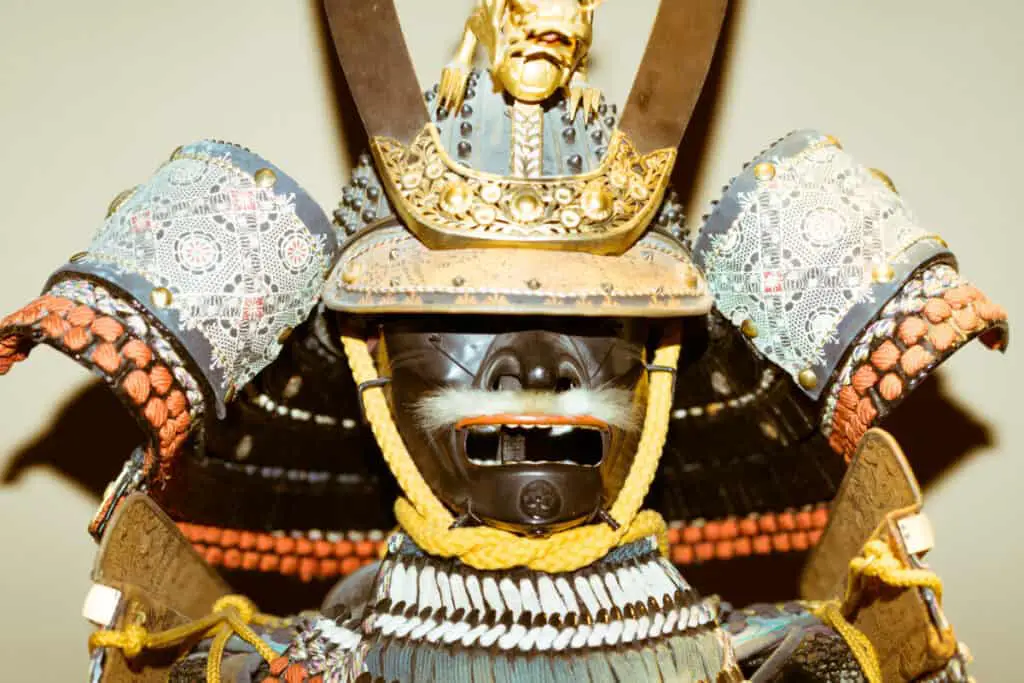
Built-in 1603, the Nijo Castle marked the beginning of the Edo period. Tokugawa had it constructed with the intention of overlooking the Imperial Palace. This was to display absolute power over the emperor, who was weakening at the time.
A Grand Regal Palace
When compared with the emperor’s palace, Nijo Castle is clearly over the top in design and extravagance. It conveys the superiority of the shogun over the Imperial Family at that time in military prowess and wealth.
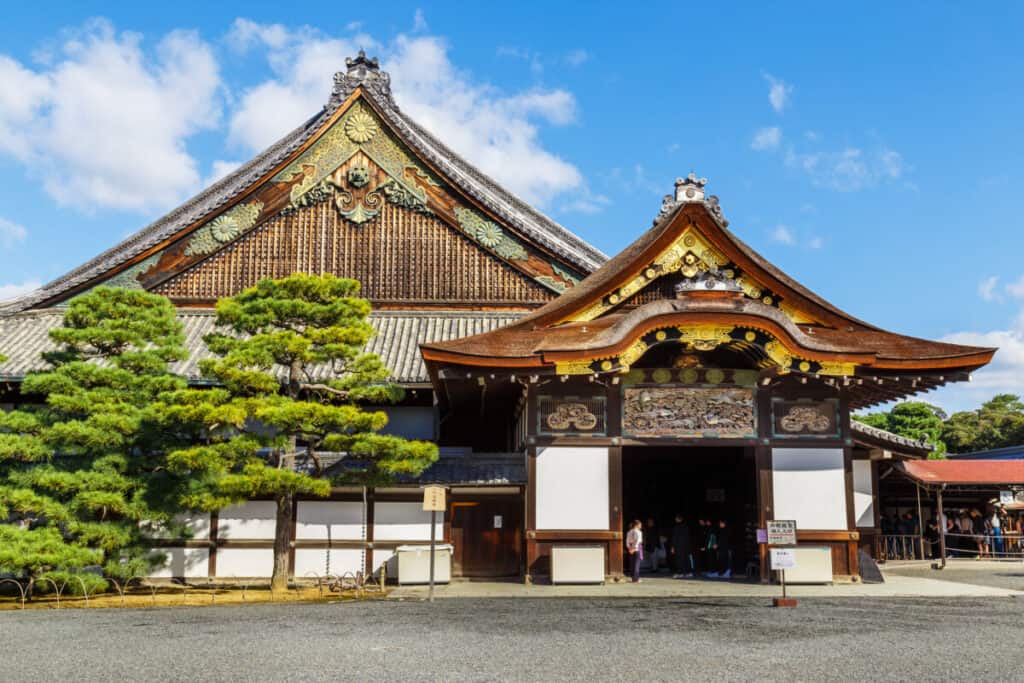
The complex not only comprises the castle but also a palace, garden, and other amazing landscaping. The palace of Nijo Castle itself has gorgeous architectural features that include intricate woodwork with intricately decorated panels.
There are various watchtowers, a high wall, and a double moat. These served as added protection to the premises even though it never experienced attack or retaliation during the course of its history. Even after the 1600s, the complex was rarely, if ever, used.
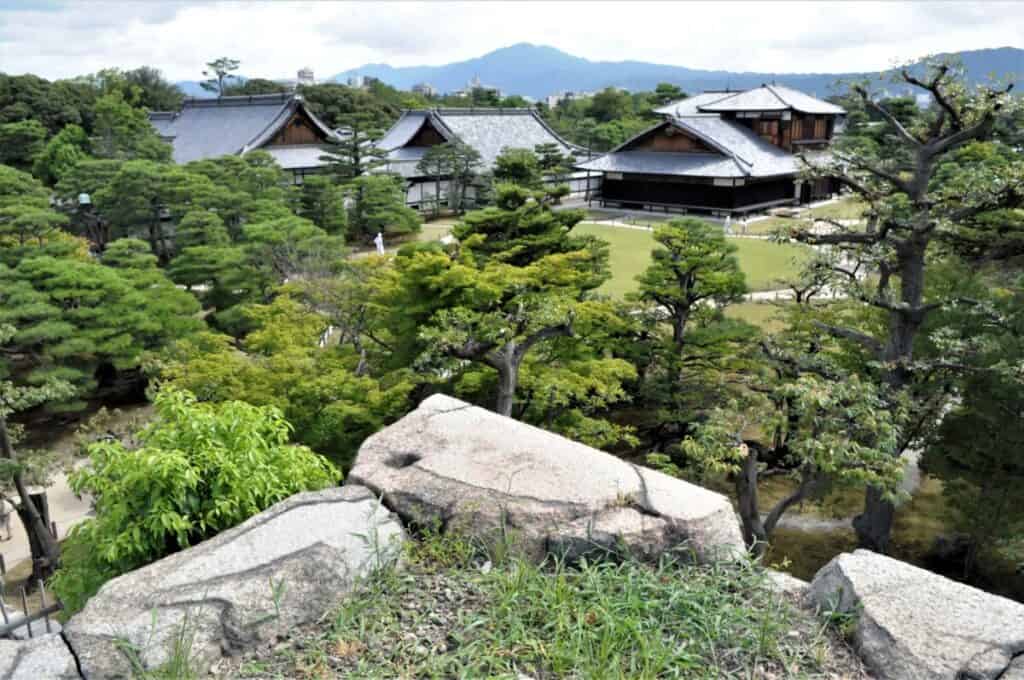
Remodeling and Additions
Although the castle was the visiting residence of Tokugawa, it wasn’t until 23 years later, in 1626, that his grandson, Iemitsu completed it fully and expanded on it.
He added a five-story castle keep. Although destroyed in the 1750s, it’s now the place for a beautiful, expansive garden.
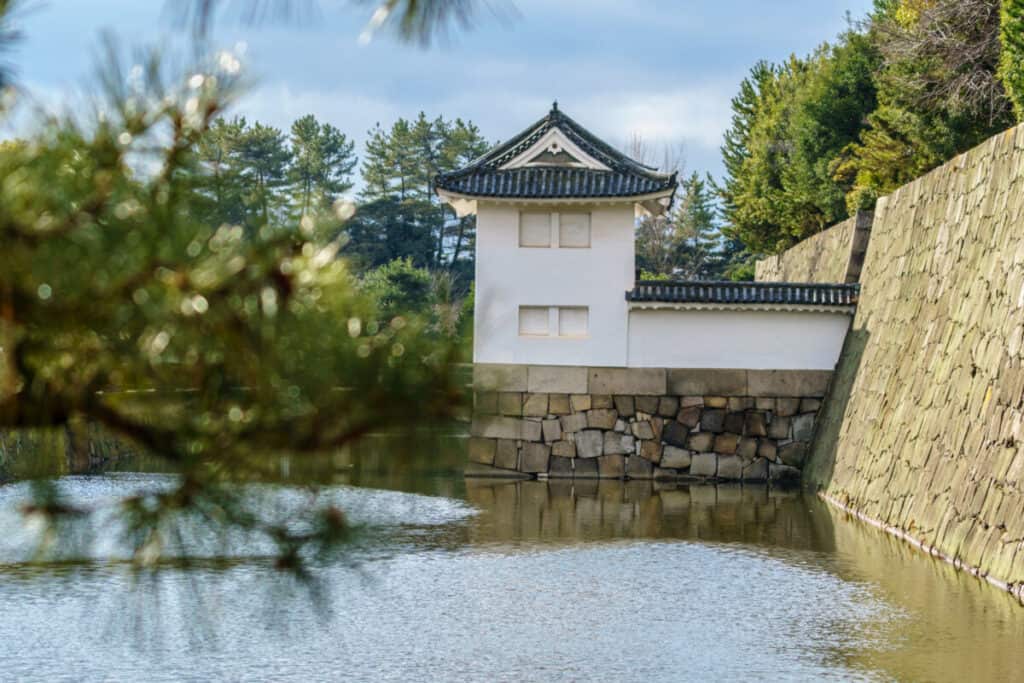
1867 was the end of the Edo period and it also marked the end of Tukugawa’s lineage as ruling warlords. The Nijo Castle became a temporary part of the Imperial Palace.
It is now a public historic site and is arguably one of the best surviving examples of architecture during Japan’s feudal period.
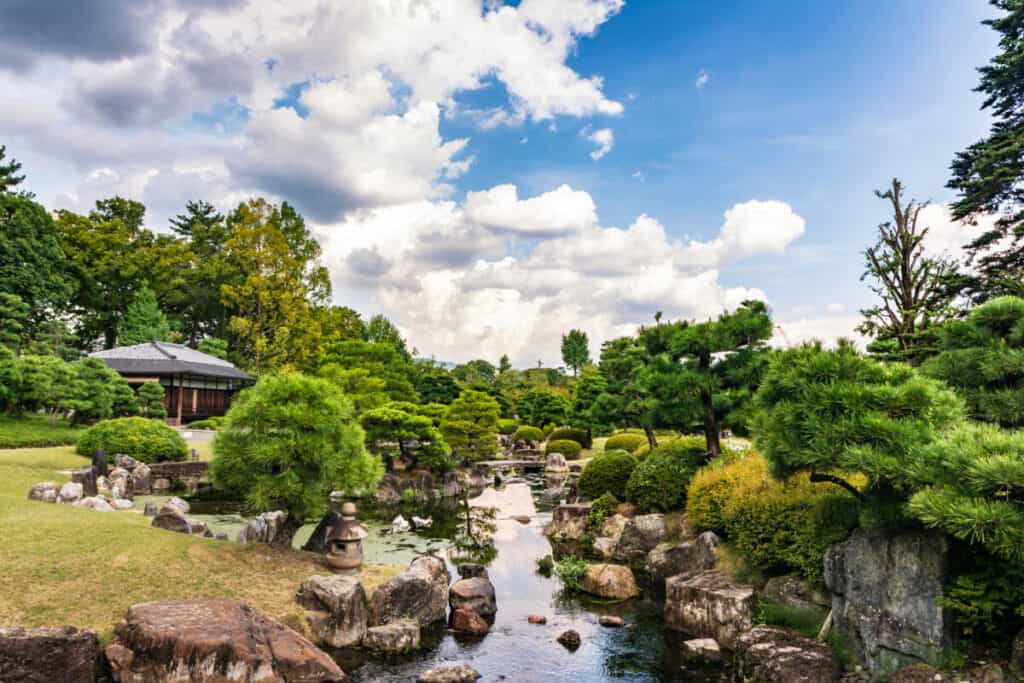
Three Areas of Nijo Castle
Nijo Castle itself divides into three main areas:
- Honmaru: main defense circle – where many shogun warlords lived and had offices
- Ninomaru: secondary defense circle – where high-ranking officials visited and Tokugawa resided
- The Gardens: encircle both the Honmaru and Ninomaru – these fill the entire complex
Honmaru
The Honmaru (本丸御殿, Honmaru Goten) is 17,000 square feet (1,600 square meters) and comes in several sections: the living quarters, reception area, entertainment rooms, halls, and a kitchen. These connect via courtyards and corridors beset with beautiful plants and other natural features.
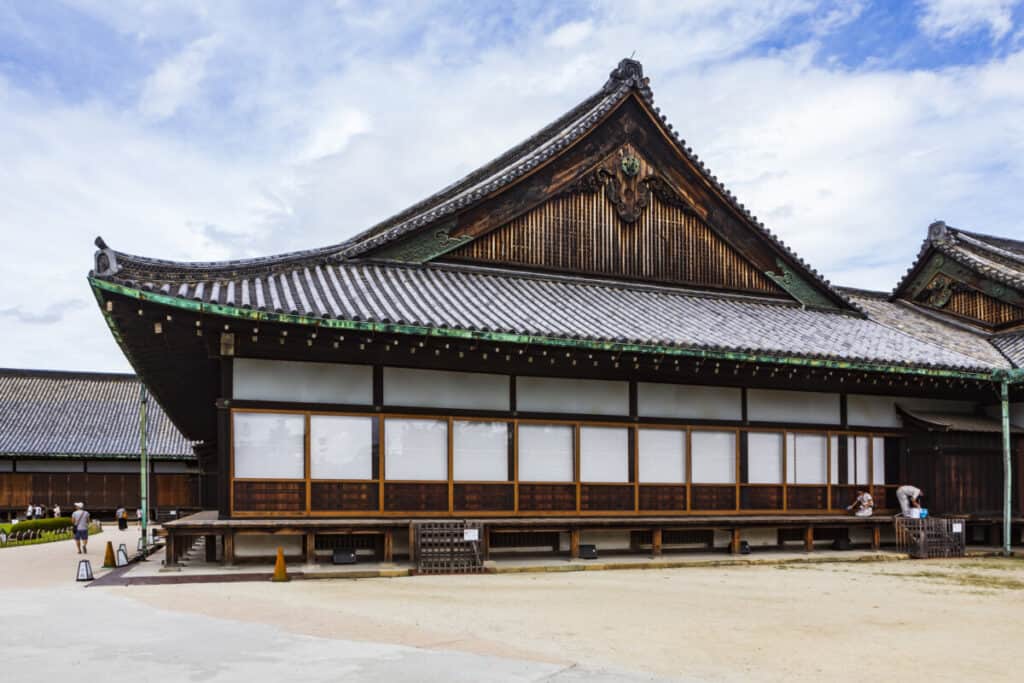
This was similar to the Ninomaru, but the present structure replaces the previous one between 1893 and 1894.
Originally this had 55 buildings but small parts were relocated to Tokyo in 1869. Before this, many warlords lived on the premises with Tokugawa living in the inner sanctum of Ninomaru.
Ninomaru
Ninomaru Palace (二の丸御殿, Ninomaru Goten) sits behind the imposing structure of the Karamon Gate, which marks the entrance to the inner sanctum of the complex. The palace itself retains its original form.
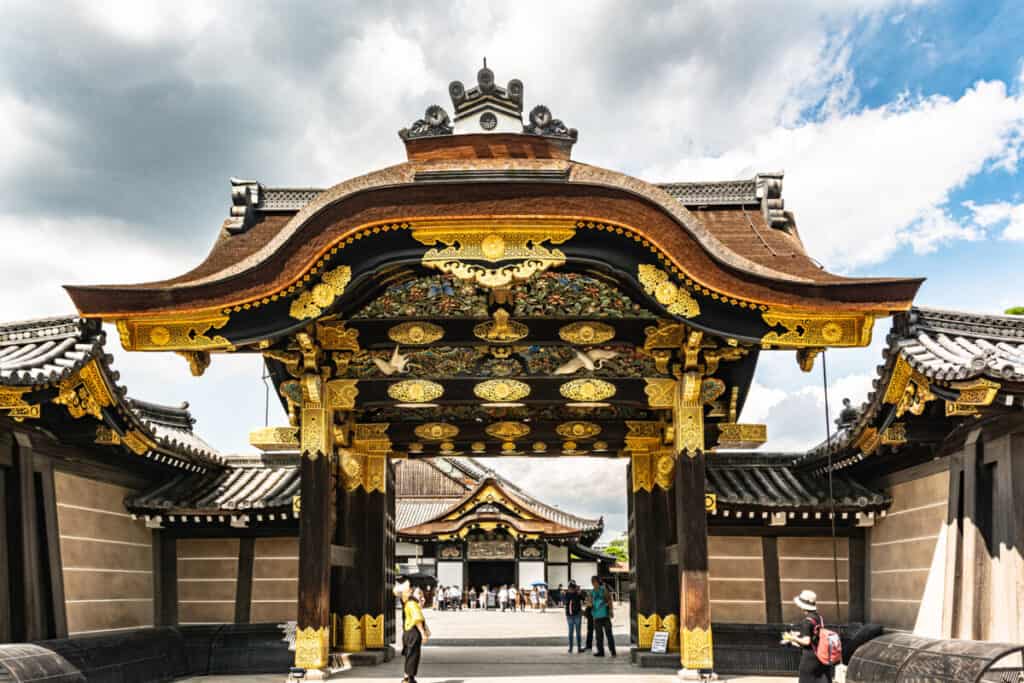
There are five large buildings and the whole place splays with walkways, each having many rooms. Every building consists almost entirely of Hinoki cypress trees.
Nightingale Flooring
One of the more interesting details of Nijo Castle is the “nightingale” flooring that served as a security system. The design of the floors was such that when someone walks across them, they creak.
This sounds almost identical to that of a nightingale bird, alerting the palace guards to unwelcome and unannounced visitors.
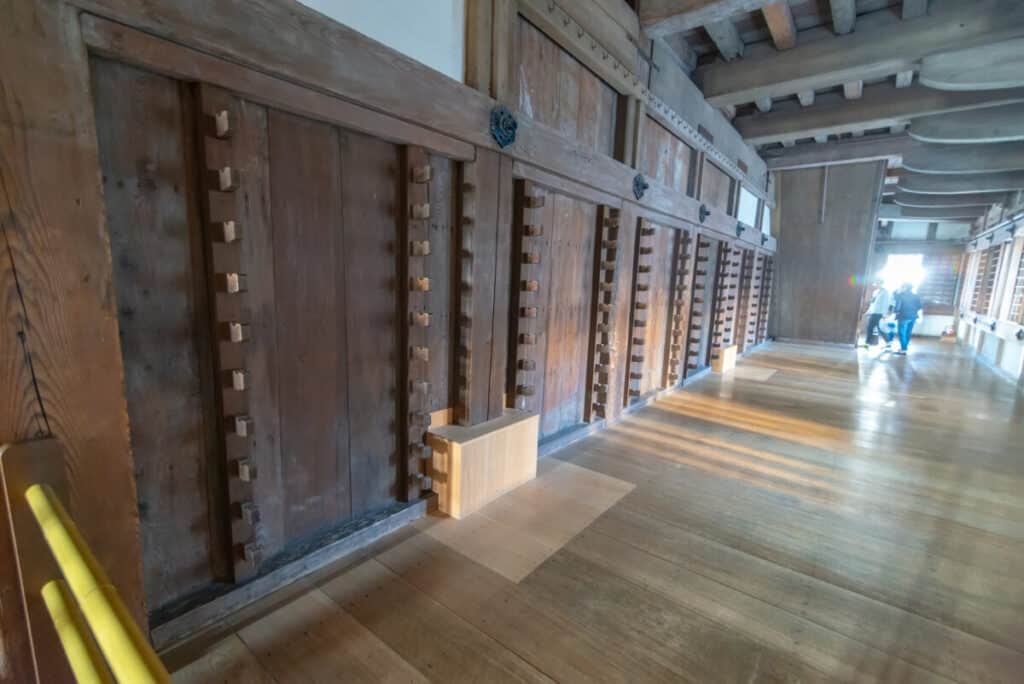
Many Chambers and Rooms
Each chamber holds remarkable screen printings from famous artists like Naonobu and Kano Tanyu. Tatami mats cover each floor of the room and are covered in art from the ceiling all the way down to the floor. Lavish amounts of gold leaf and elaborate wood carvings display the impressive power and wealth of the shoguns.
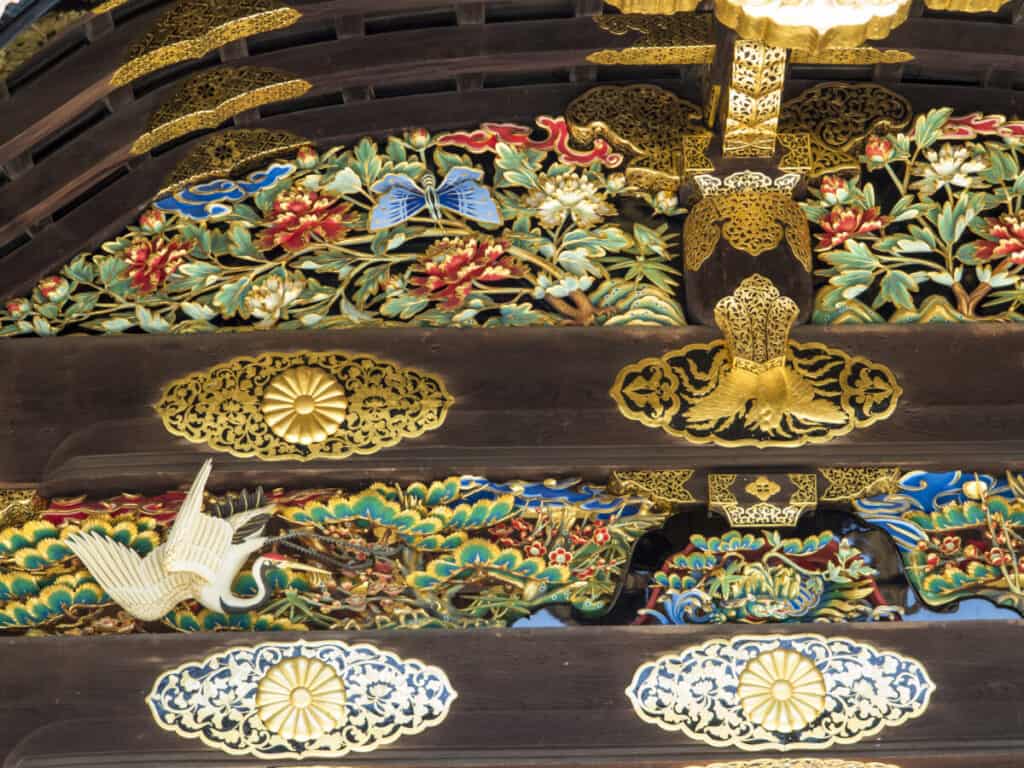
Access according to Status
The palace’s many rooms and their construction dictate visitor reception according to their status. The innermost sanctum of the castle held offices and living chambers only accessible to the ruling shogun and his servants.
Only high-ranking visitors could go into the main audience room. Here, the shogun would sit on an elevated floor, flanked by guards tucked away in cleverly placed closets. Lower-ranking visitors could come in only as far as the adjoining rooms and could not view the shogun directly.
The Gardens
Both the Honmaru and Nonomaru are beset with beautiful gardens. These contain numerous varieties and hundreds of cherry trees. The blooming season of these gorgeous trees starts in late March and goes through April.
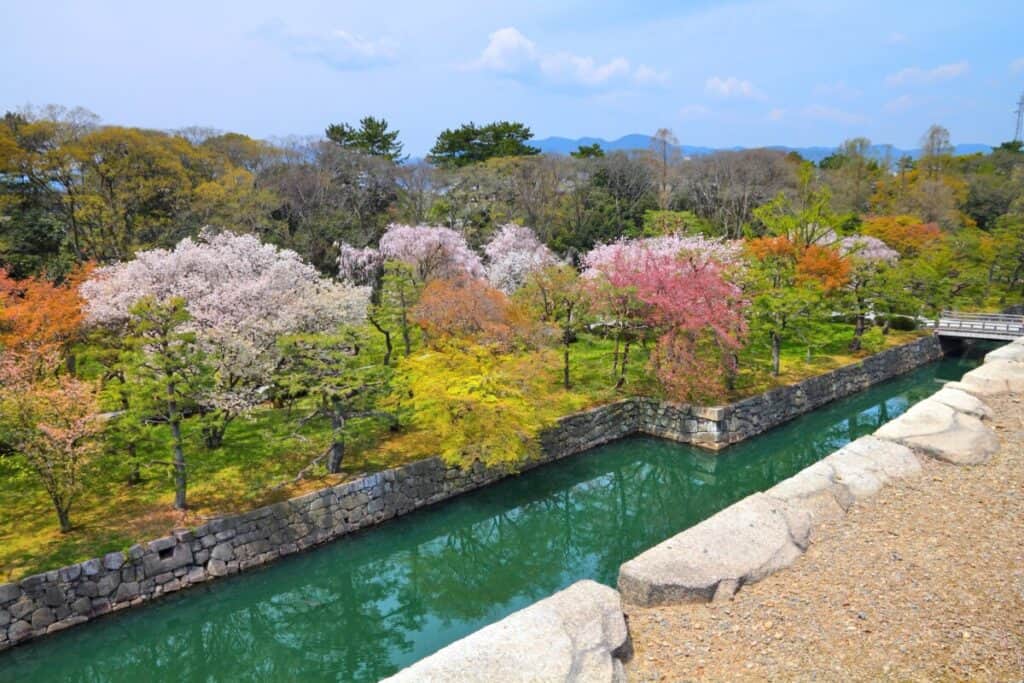
Kobori Enshu, acclaimed architect, designed the Ninomaru Palace Garden that displays a pond, ornamental stones, and well-manicured pine trees. This features a plum orchard with these plush, luxurious trees blooming profusely from late February to early March. It also has numerous ginkgo and maple trees, giving a beautiful effect in autumn.
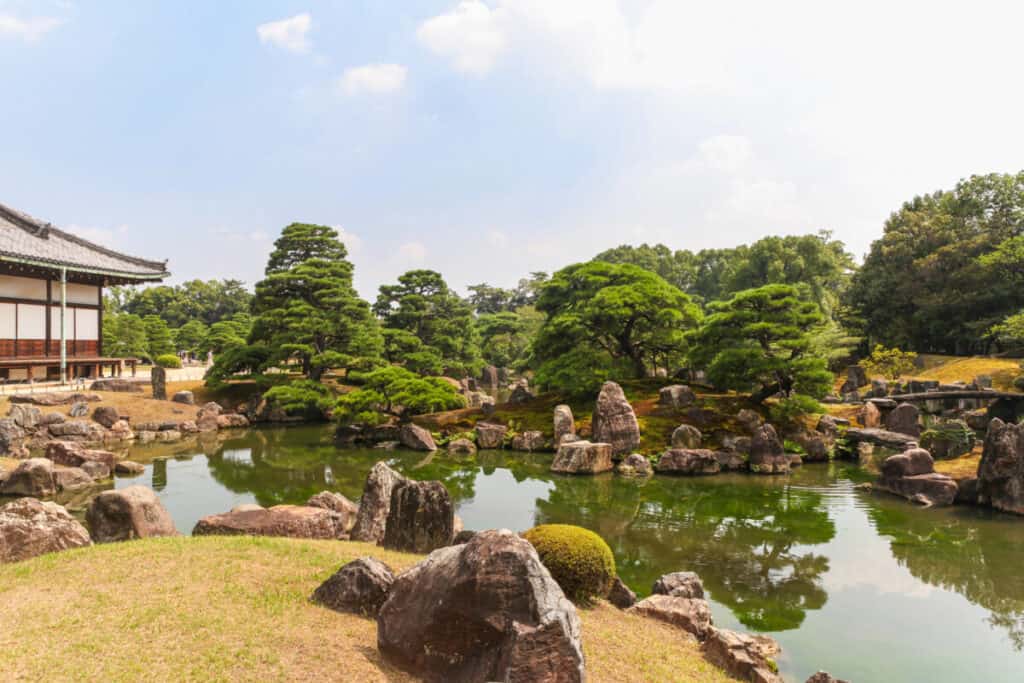
The entire garden’s layout presents the pond as a central feature, accentuated by the ornamental stones and pebbles of varying sizes and shapes. Within the pond there are three islands:
- Hōrai-jima – Island of Eternal Happiness
- Tsuru-jima – Crane Island
- Kame-jima – Turtle Island
Summary
Nijo Castle is a sight to behold in Japan. Not only is it decadently beautiful and luxurious but it also demonstrates the tactile and visceral experience of the Edo period. It’s a monument to a pivotal time in Japanese history and a testament to the pristine architecture testament to the shogun samurais.
Painstaking attention to detail, décor, and aesthetics are obvious, highlighted by the breathtaking gardens that fill the complex. Cherry Trees, Plum Trees, and other growing things along with ornamental stones focus on the beautiful central pond.
Nijo Castle Virtual Tour In 4K via Youtube
Hours and Admission Information:
8:45 to 5:00 (October thru June)
8:00 to 6:00 (July and August)
8:00 to 5:00 (September)
Admission ends one hour before closing time
Entry to Ninomaru Palace from 8:45 to 4:10 (extended entry time until 5:10 in July and August)
620 Yen an additional fee of 410 Yen is required to enter Ninomaru Palace
Closing dates for new years Dec 29 Thru 31
Audio guide in English is available for a small fee (about 500 yen)
Additional closing days are Tuesdays in selected months (check before arrival as dates change)

